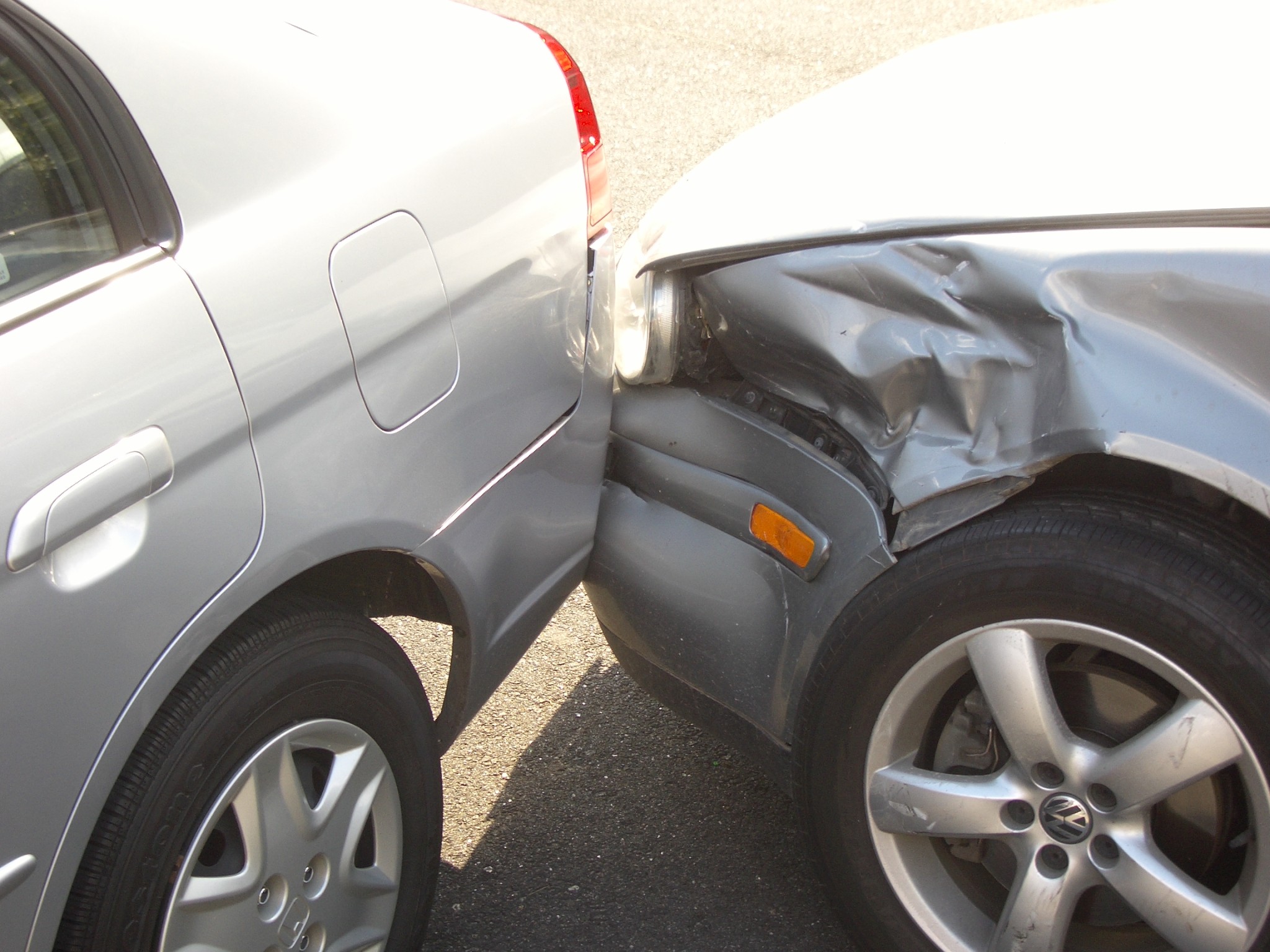Servicing
Orlando and the surrounding areas concrete companies and contractors
pride themselves in delivering capability and reliability professional
services for decorative concrete surfacing and resurfacing of garage
floors, for example, using the popular finishes of epoxy and urethane
and the recently developed and much touted polyurea polyaspartic coating
technology.
Polyaspartic is a kind of polyurea (actually a
polyaspartic aliphatic polyurea). Polyurea was commercially developed in
the 1980s by Texaco Chemical Company (now Huntsman Chemical). It has
been successfully used for corrosion-resistant coatings and repair
materials, although application is awkward since it has an extremely
short pot life—about 3 seconds. A pot life is the length of time it
takes from combining the components of paint for instance, up to the
point where the mixture can no longer be use. It is, also, called, the
working time or useable life.
All polyureas are two-part systems
because a resin has to be mixed with a catalyst to create the curing
reaction that hardens the material. In trying to resolve the issue of
the short pot life the two parts must be mixed at the spray tip,
requiring a great deal of maintenance on expensive high-pressure
equipment.
With the development of polyureas to polyaspartic
polyurea (or simply polyaspartics), these difficulties were surmounted
and still retaining the following characteristics and advantages:
=> Potlife of 5 to 120 minutes
=>Fast curing (from 5 to 120 minutes, depending on the formulation)
=> Can be safely and effectively applied at surface temperatures from -30°F to 140°F
=> Very low viscosity—equivalent to water—providing exceptional wetting ability on a properly prepared concrete floor
=> High film build (up to 18 mils in a single coat)
=> Bubble-free surfaces even at high humidity, the higher humidity the quicker the cure time
=> UV stable meaning it will never turn yellow and providing UV protection to underlying coatings at the same time
=> Made with a high solids content (as high as 100%), which means low or no volatile organics (VOCs) during application
=> The cured coating can handle temperatures up to 350°F
=> Crystal clear and does not produce haze or foggy effect from moisture in the concrete
=> Stain resistant, especially from oils and fats and even from red wine
=> Higher abrasion resistance than epoxy or urethane
=>
And, still being studied is its resistance to internal moisture vapor
emission rates than some other non-breathing coatings
Given these qualities, polyaspartics are ideal for:
=> Garage floors
This
is one of the the first major decorative use of polyaspartics. The
biggest selling point may be the speed in the application. A
polyaspartic garage floor can be completed start to finish in about 5
hours while an epoxy floor typically takes 5 days. Some companies have
come out with polyaspartic garage floors that are embedded with vinyl
flecks or quartz sand beads, similar to epoxy floors. It would be wise
though to consult with professional installers before deciding on this
because depending on the condition of the concrete—especially if the
floor has high moisture vapor emission rates, polyaspartics may not be
the best material for all situations,
=> Commercial floors
Polyaspartics
resistance to stains and heavy abrasion—as much as 3 times the abrasion
resistance of epoxy, makes it ideal for kitchens, restrooms, and other
commercial applications
=> Countertops sealers
Because
cured coating can handle temperatures up to 350° F, polyaspartics, high
resistant to stains, even to acidic materials like lemon juice and red
wine is fast becoming the countertop sealer of choice. On the other
hand, some installers remain a bit cautious because the use of
polyaspartics is still relatively new, though it does show some
potential.
Article Source: http://www.compensationsecrets.co.uk/






